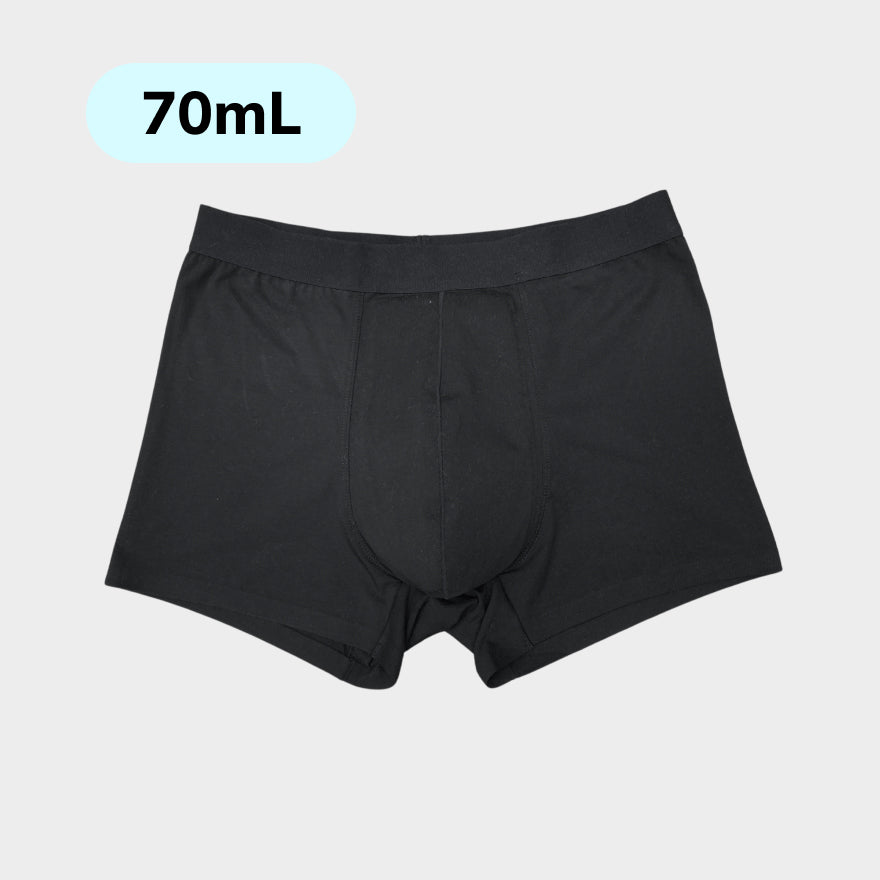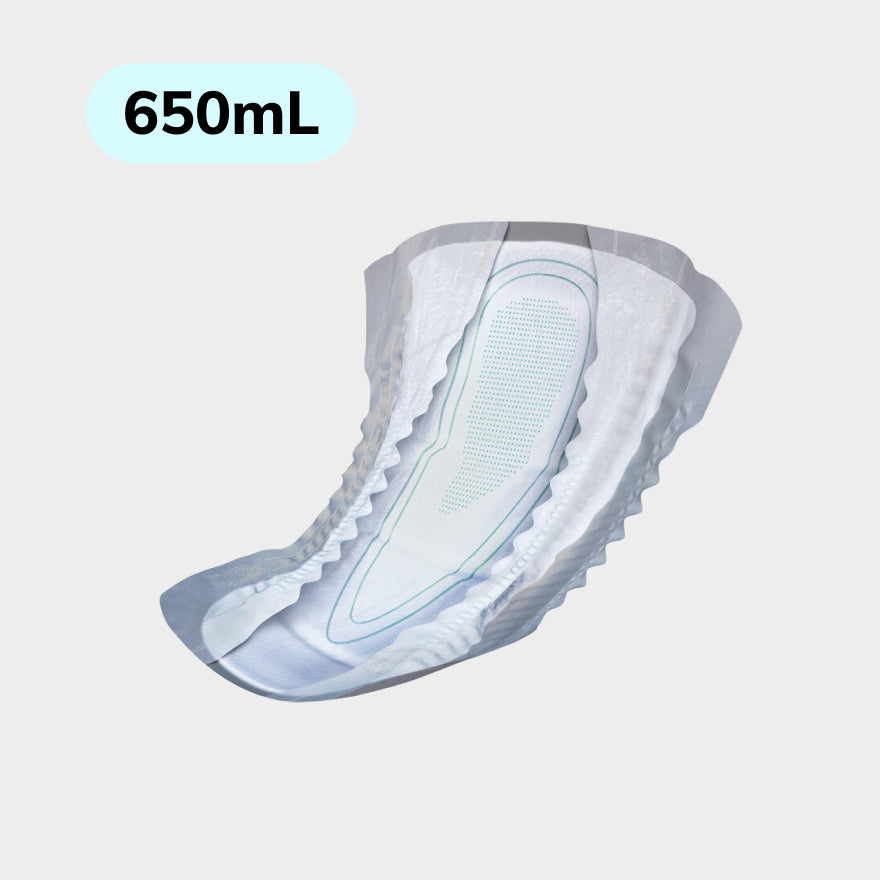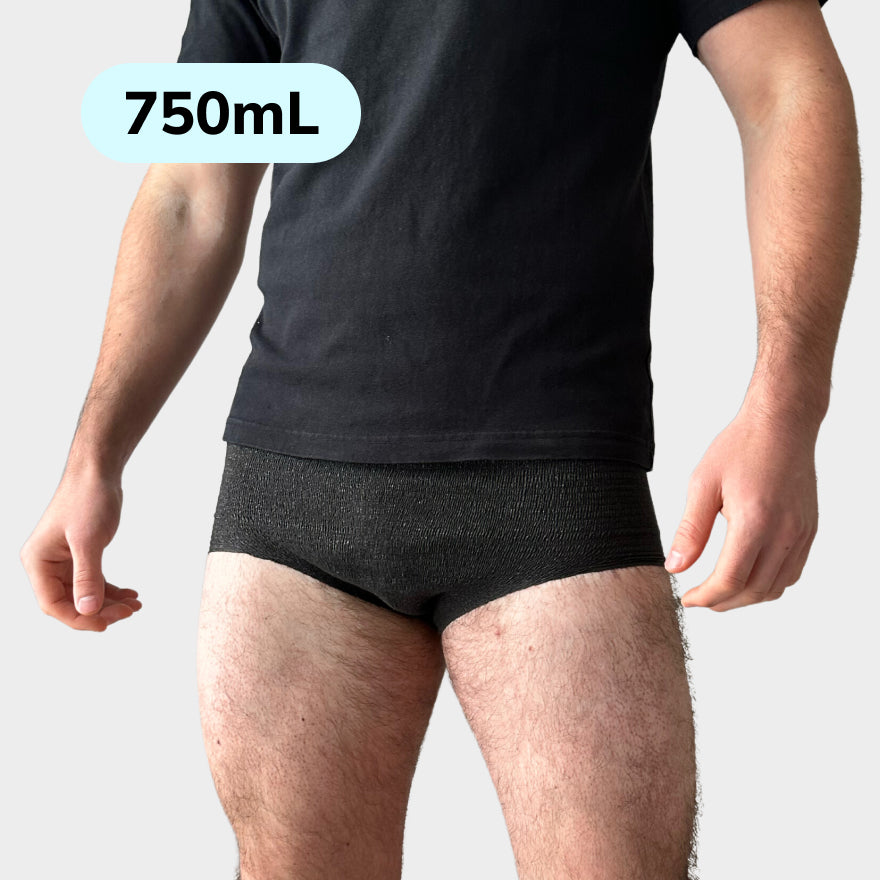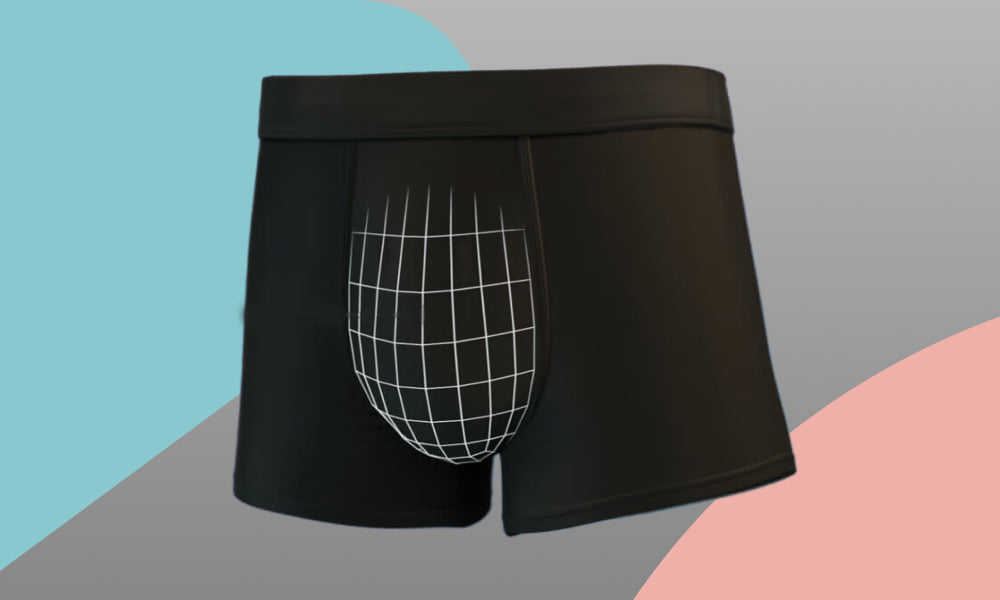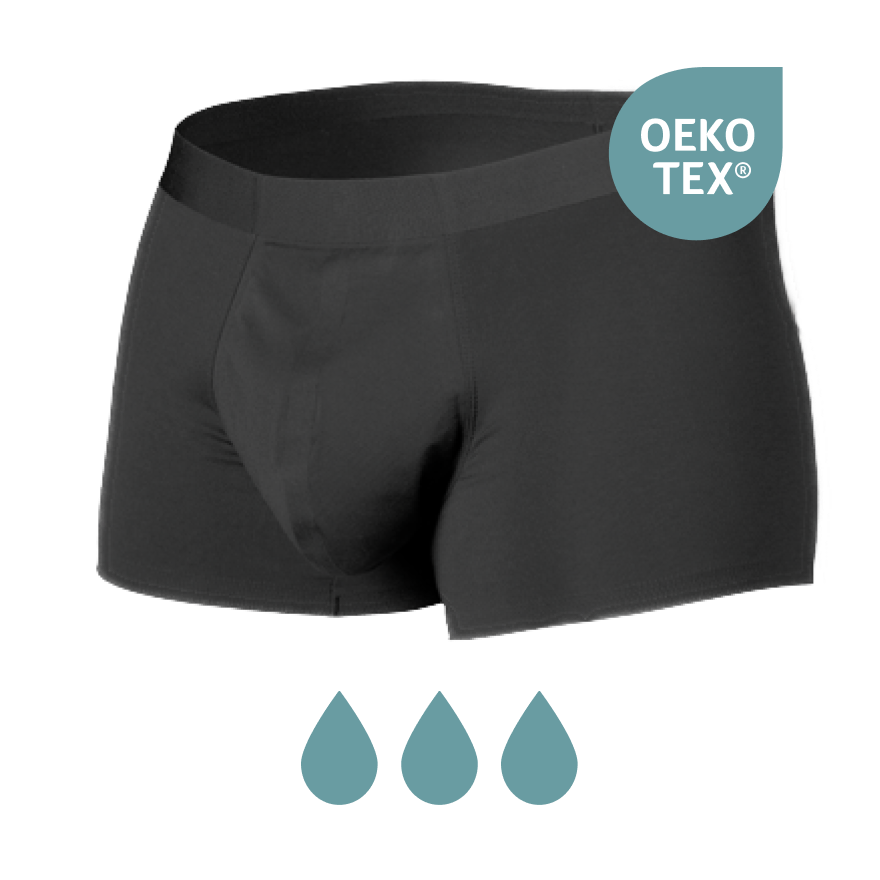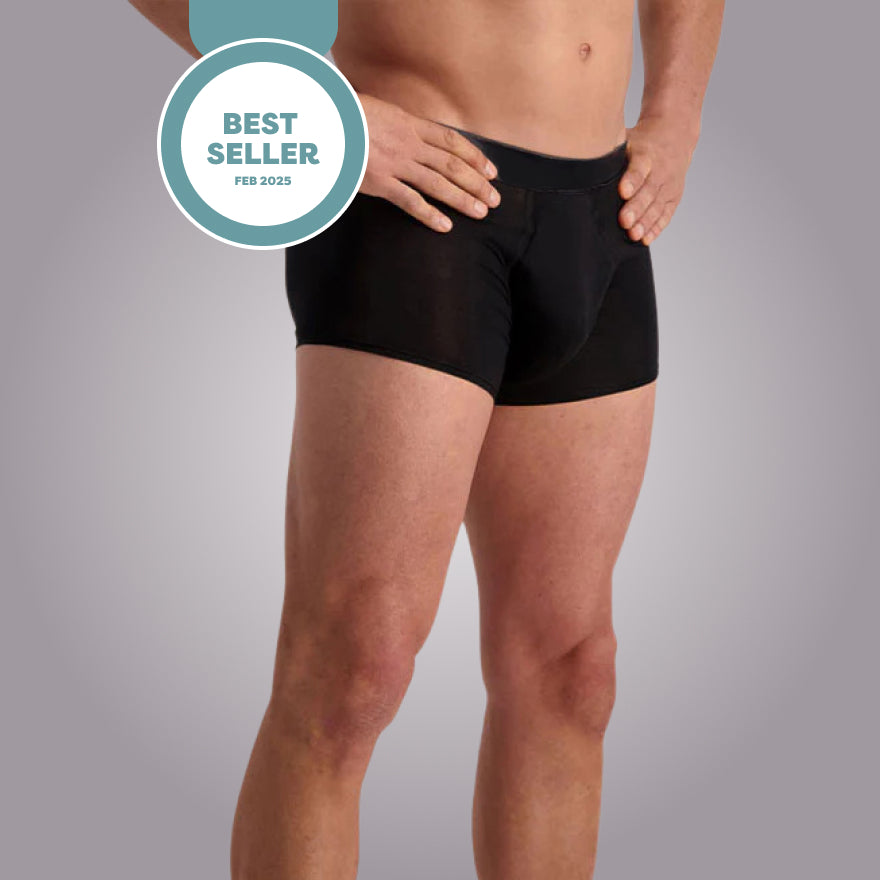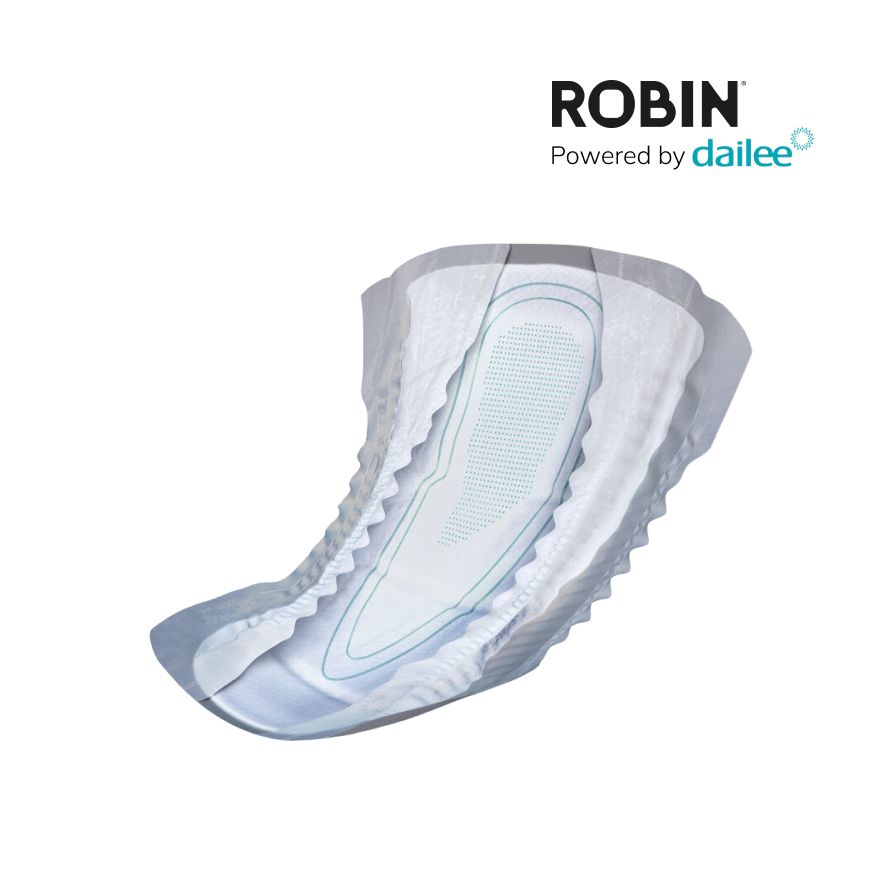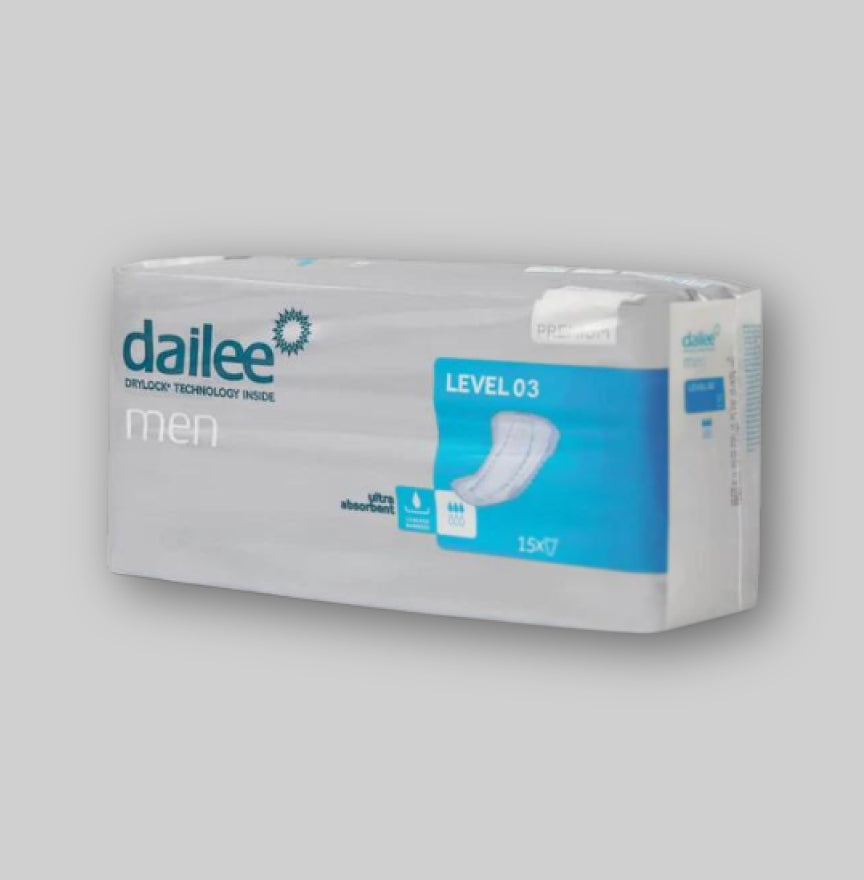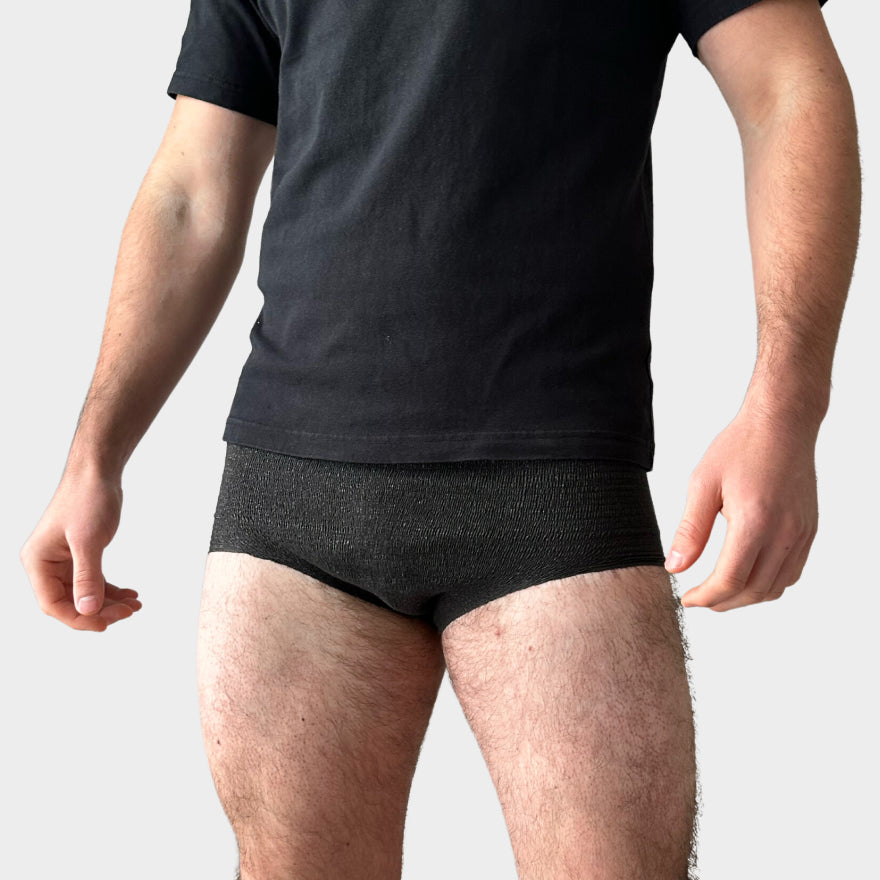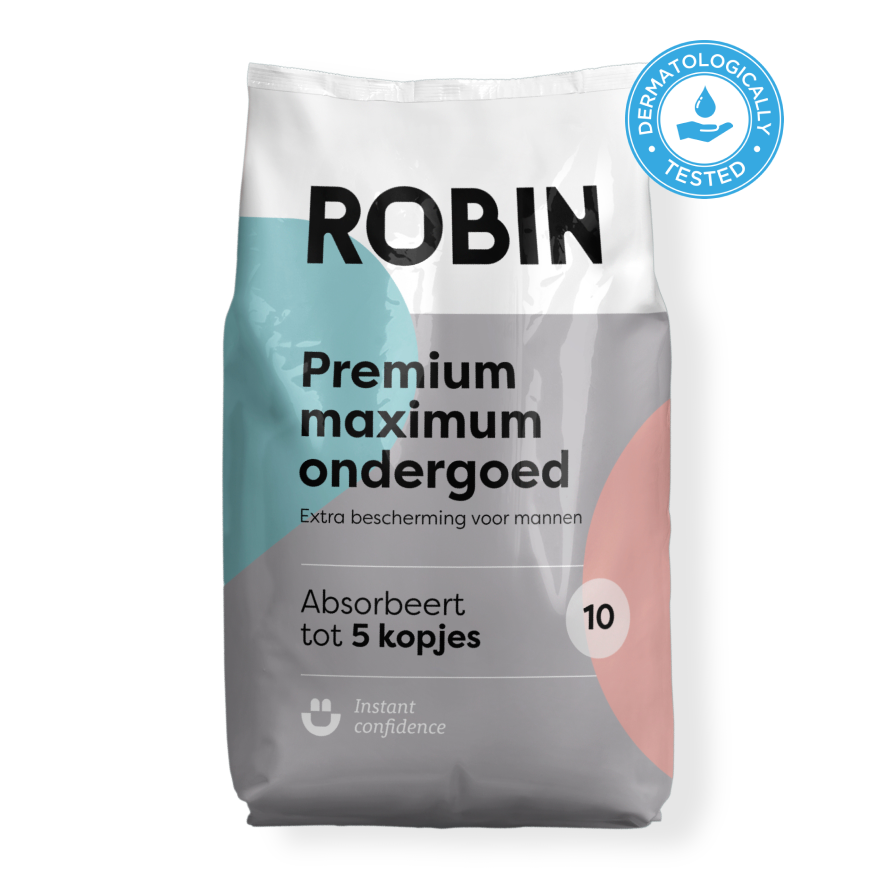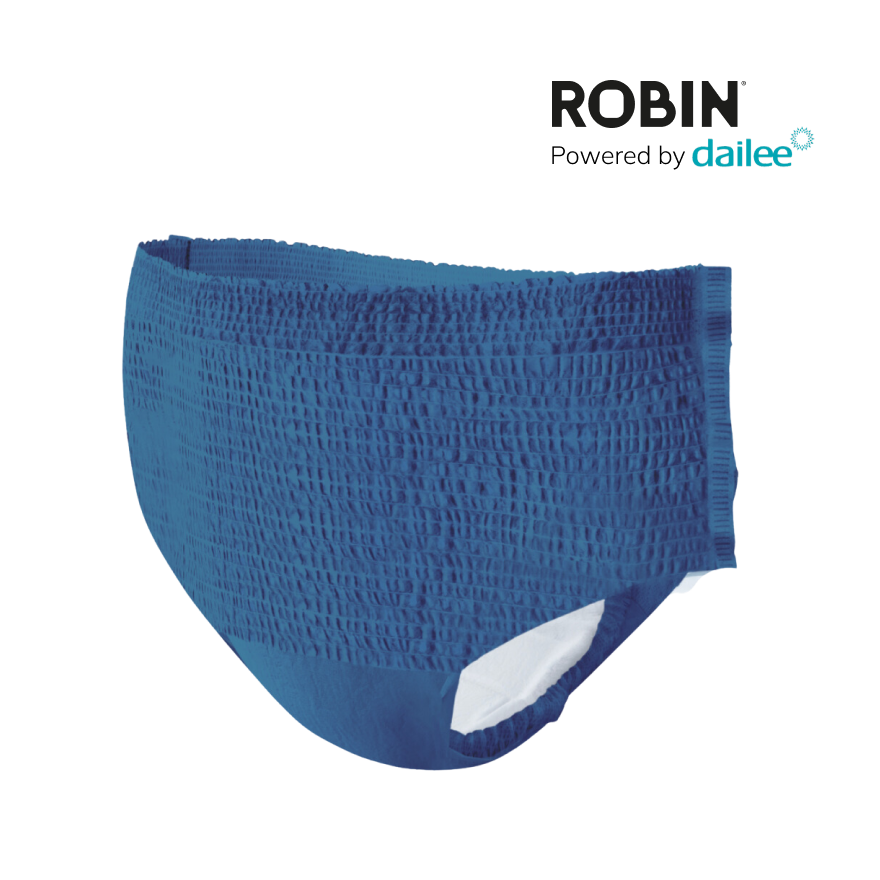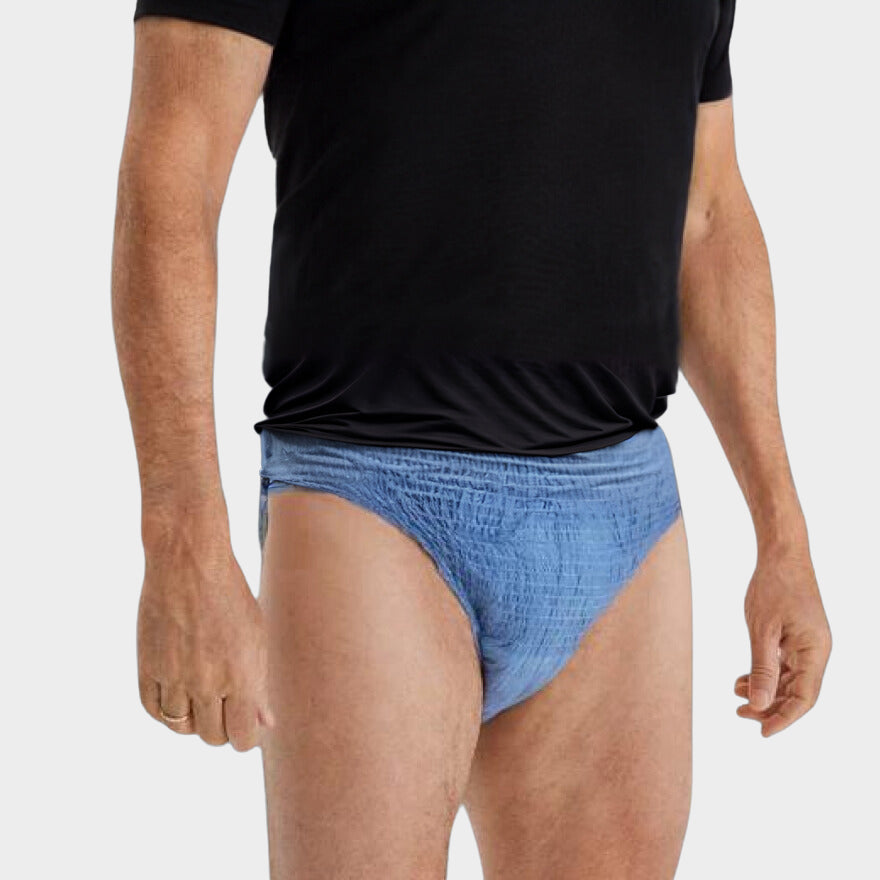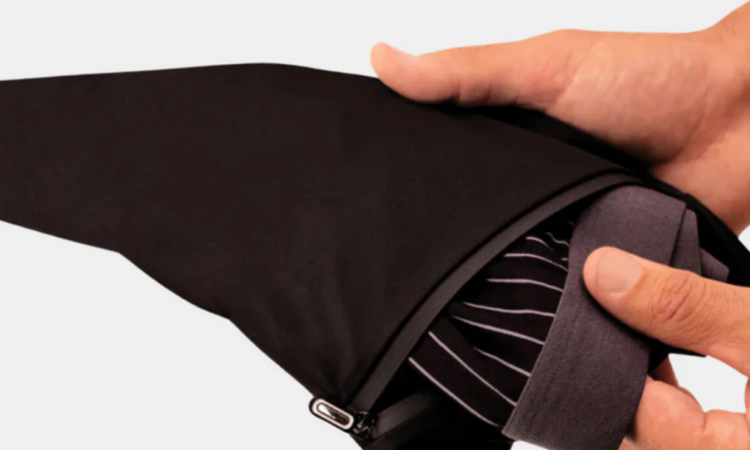"What prostate operations are there? What does removing the prostate entails? We often hear about lasering an enlarged prostate, turp, prostatectomy, urolift, ralp, rezum, scraping prostate and prostate. But what are the differences?"
Prostate complaints can vary from mild to severe symptoms and sometimes require surgical procedures. Below is an overview of the different types of prostate operations that are available.
1. Turp (transurethral resection of the prostate)
This is one of the most common operations in benign prostate enlargement (BPH).
With a TURP operation, the urologist uses an electric knife that is brought to the prostate area via the urethra. With this, the urologist cuts away the benign prostate enlargement around the urethra in small strips, which are called prostat chips. These chips end up in the bladder and are removed at the end of the operation by rinsing the bladder.
This procedure is also known as Tur Prostate. With a bipolar Turp, bipolar energy is used instead of monopolar energy. With a Tueb operation, the urologist uses a metal lisje to cut and burn.
Advantages:
- Less invasive
- Shorter recovery time
Disadvantages:
- Chance of complications such as bleeding and infections
- Sometimes permanent incontinence or erectile dysfunction
2. Laser therapy
With laser therapy, excessive prostate tissue is evaporated or removed using laser energy. There are different types of lasers that can be used, such as the Holmium and green light laser.
Advantages:
- Less blood loss
- Recovery
Disadvantages:
- Can be more expensive
- Not suitable for all prostate sizes
3. Prostatectomy
This is a more radical operation in which the entire prostate is removed. This method is often used with prostate cancer.
Advantages:
- Removes the full tumor in cancer
Disadvantages:
- Great chance of complications such as incontinence and erectile dysfunction
- Longer recovery time
4. Holmium Laser Enucleation of the prostate)
With hollep, the prostate is almost completely removed using a holmium laser.
Advantages:
- Very effective with larger prostates
- Little loss
Disadvantages:
- Technically challenging and requires experienced surgeons
- Longer operating duration
5. Urol lift
This new, minimally invasive procedure places small implants to pull the prostate away from the urethra, which improves the urineflow without tissue removal.
Advantages:
- Rapid recovery time
- Little risk of sexual side effects
Disadvantages:
- Possibly less effective with very large prostates
- Chance of implant complications
Conclusion
The choice of prostate surgery depends on various factors such as the size of the prostate, the severity of the symptoms and the overall health of the patient. It is important to carefully consider the advantages and disadvantages of each method in consultation with a specialist.
